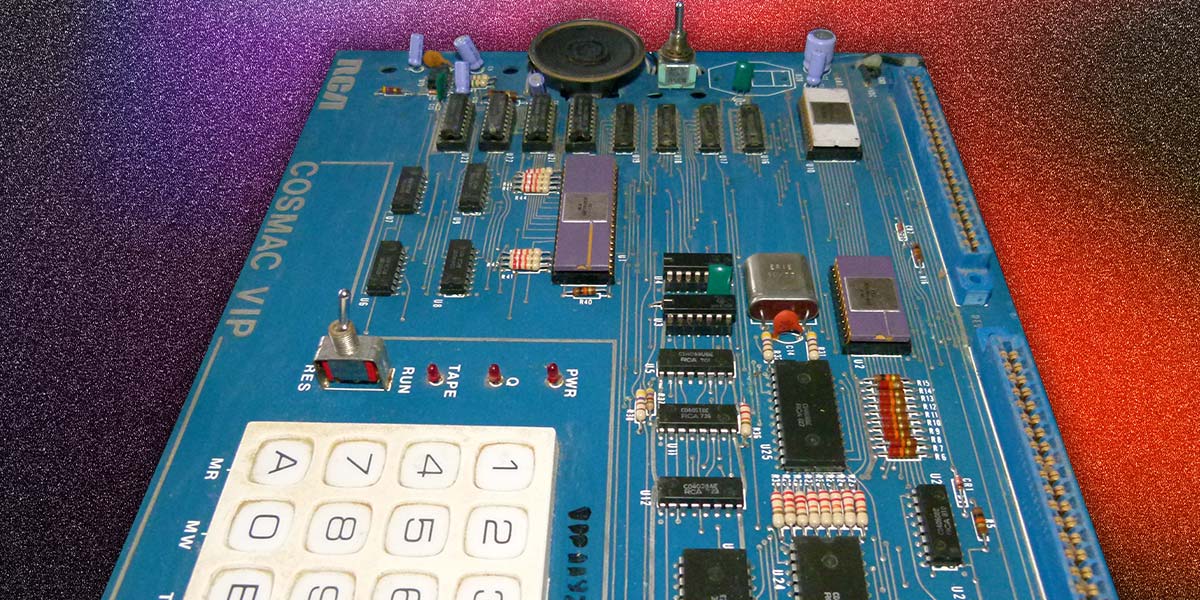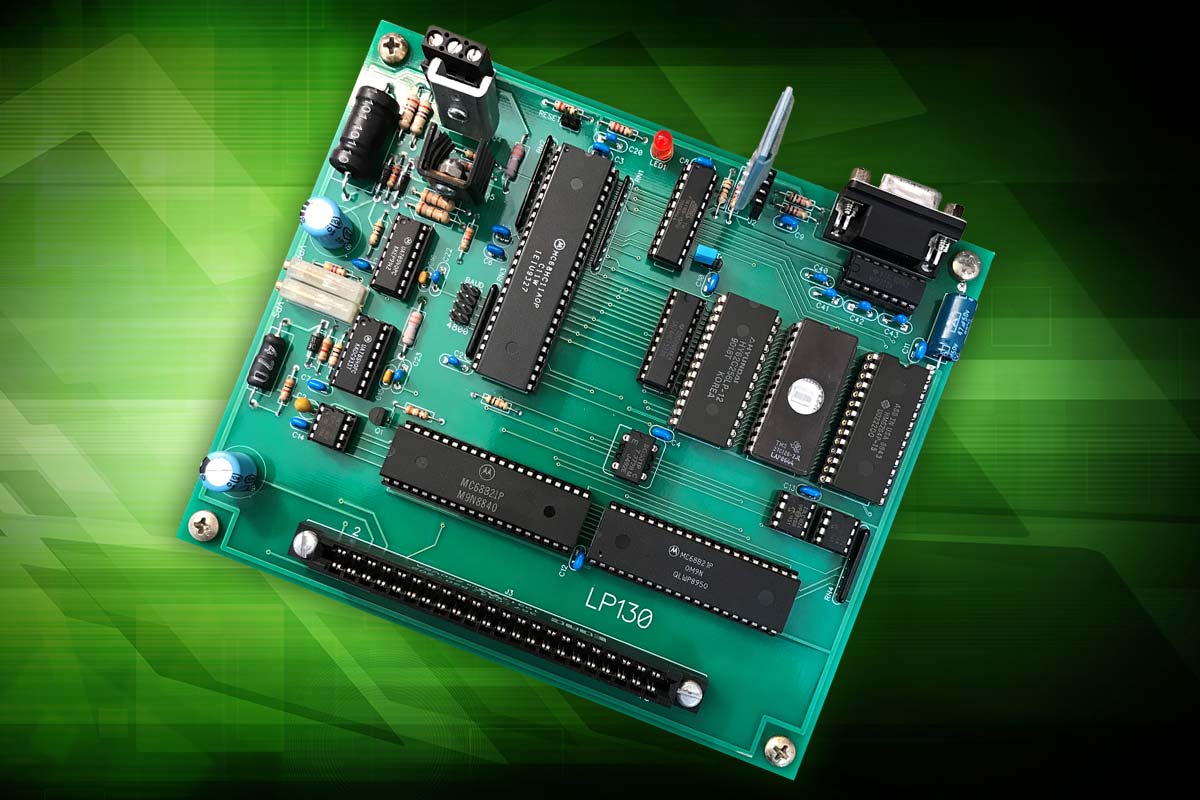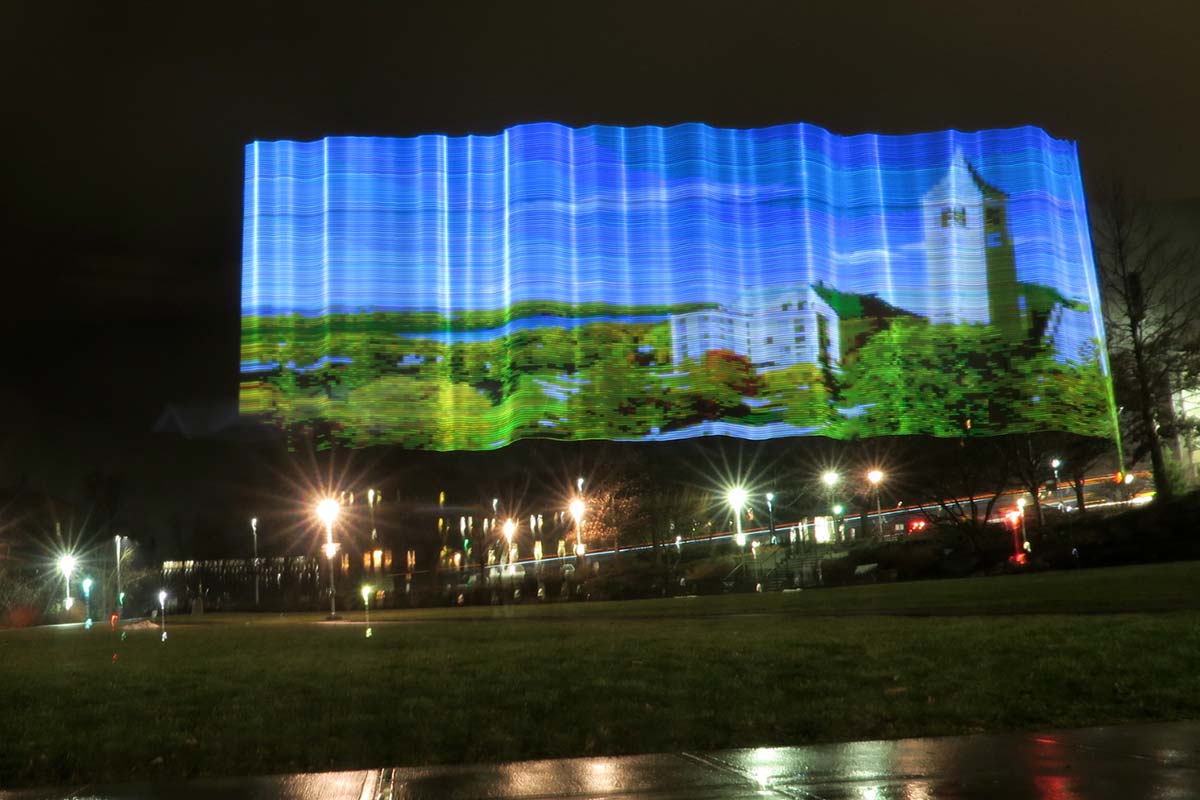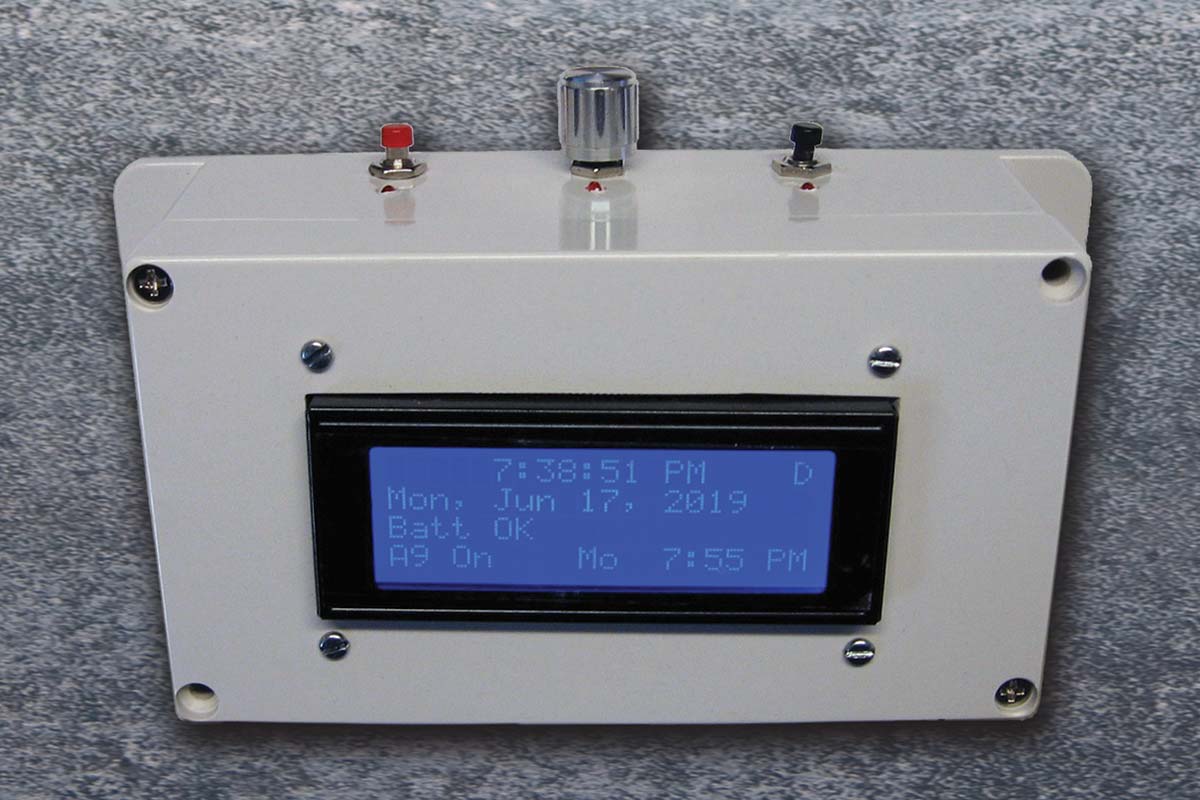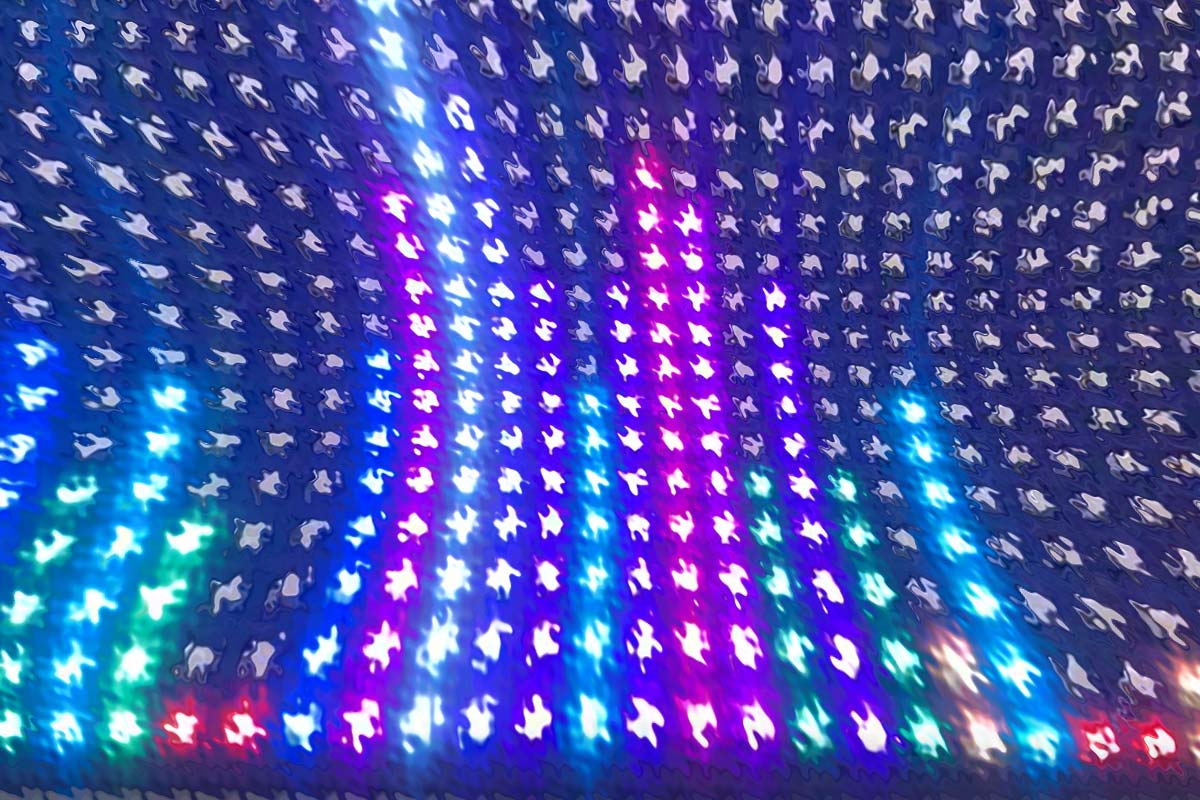
As a final class project for our “Digital Systems Design Using Microcontrollers” course we all took last semester at Cornell University, we created a very unique device. We wanted to design something fun, aesthetically pleasing, and interactive, and since we all enjoy listening to music, we decided on a music visualizer. Our vision was to create a unit that listens to music being played, then in real time displays a dynamic and colorful visual representation of the music based on the volume and pitch of the notes. Additionally, our music visualizer provides an alternate avenue for experiencing music for the hearing impaired. Here’s how we did it, so you can make one too!

